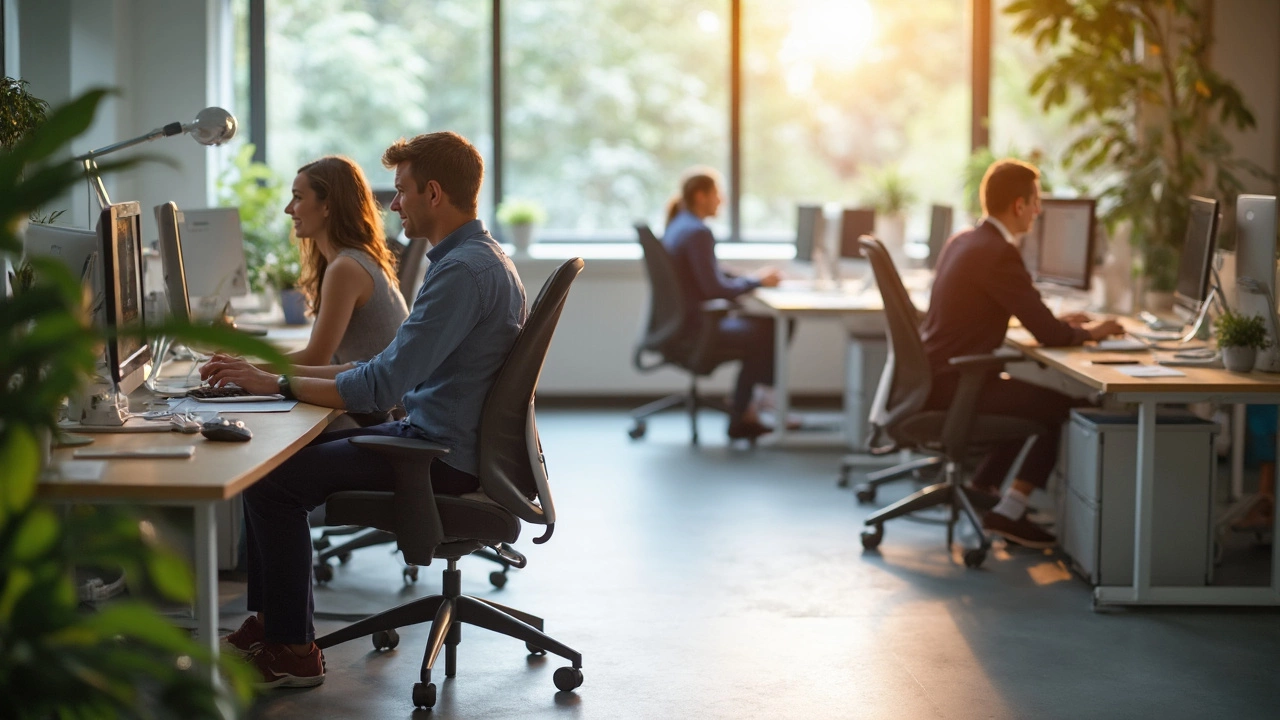Back Pain Prevention: Quick Fixes for Everyday Life
Back pain hurts everyone at some point, but you don’t have to live with it. Most aches come from sitting too long, slouching, or sleeping on the wrong surface. The good news is you can stop most of it with a few habit changes and the right pieces of furniture. Below are the easiest things you can start doing today to keep your spine happy.
Stretch, Move & Strengthen
Our bodies are designed to move, not to stay glued to a desk all day. Set a timer for every 45 minutes and stand up for a minute. Simple moves like reaching for the ceiling, rolling your shoulders, or doing a quick cat‑cow stretch can release tension in the lower back. If you have a few minutes, try these three go‑to stretches:
- Hip Flexor Stretch: Kneel on one knee, push hips forward, hold 20 seconds each side.
- Seated Twist: Sit upright, twist torso to the right, hold 15 seconds, then switch.
- Standing Hamstring Pull: Place one heel on a low surface, lean forward gently, hold 20 seconds.
Doing these three moves twice a day is enough to keep muscles flexible and support the spine. Adding a short walk after lunch also improves circulation and reduces stiffness. If you enjoy a bit of strength work, a few wall‑sits or bird‑dogs (kneeling, extending opposite arm and leg) three times a week add core stability, which directly protects the back.
Smart Seating and Home Office Setup
Furniture plays a huge role in back health. A chair that lets your feet rest flat on the floor, supports the natural curve of your lower back, and lets your elbows sit at a 90‑degree angle is worth the investment. Look for adjustable lumbar support or add a small pillow if the chair is too flat.
When you pick a sofa, choose one with firm cushions that don’t sink too deep. Sitting on a sagging sofa forces you to lean forward, stressing the lumbar spine. If you love a plush feel, place a firm backrest board behind you to keep the posture upright.
Your desk height should keep your forearms parallel to the floor. If the desk is too high, raise your chair; if it’s too low, consider a laptop stand. Position the monitor so the top line sits just below eye level – you won’t have to tilt your head up or down, which eases neck and upper‑back strain.
Sometimes it’s the floor that hurts. A supportive mattress that keeps spine alignment while you sleep can stop morning aches. Medium‑firm mattresses are generally best for most people; a thin pillow under the knees when lying on your back also reduces pressure on the lower back.
Beyond furniture, keep an eye on daily habits. Carry heavy bags on the same shoulder for long periods, and you’ll tilt the spine sideways. Switch sides or use a backpack with two straps. Stay active on weekends – a bike ride, a swim, or even gardening keeps muscles engaged and prevents stiffness from setting in.
Back pain doesn’t have to be a constant companion. By moving regularly, choosing the right chair and sofa, and tweaking your home office, you give your spine the support it needs. Try one change this week, notice how you feel, then add another. Small steps add up to a pain‑free back.
Best Chair for Sitting Long Hours: An Honest Guide to Office Comfort
Spending hours at your desk can really mess with your back if you're stuck in a bad chair. This article breaks down what makes a chair truly good for long workdays, what features actually matter, and how to spot cheap tricks used by brands. Get clear advice, real tips, and practical picks so your next chair feels as good at 6 p.m. as it did at 9 a.m.
More
